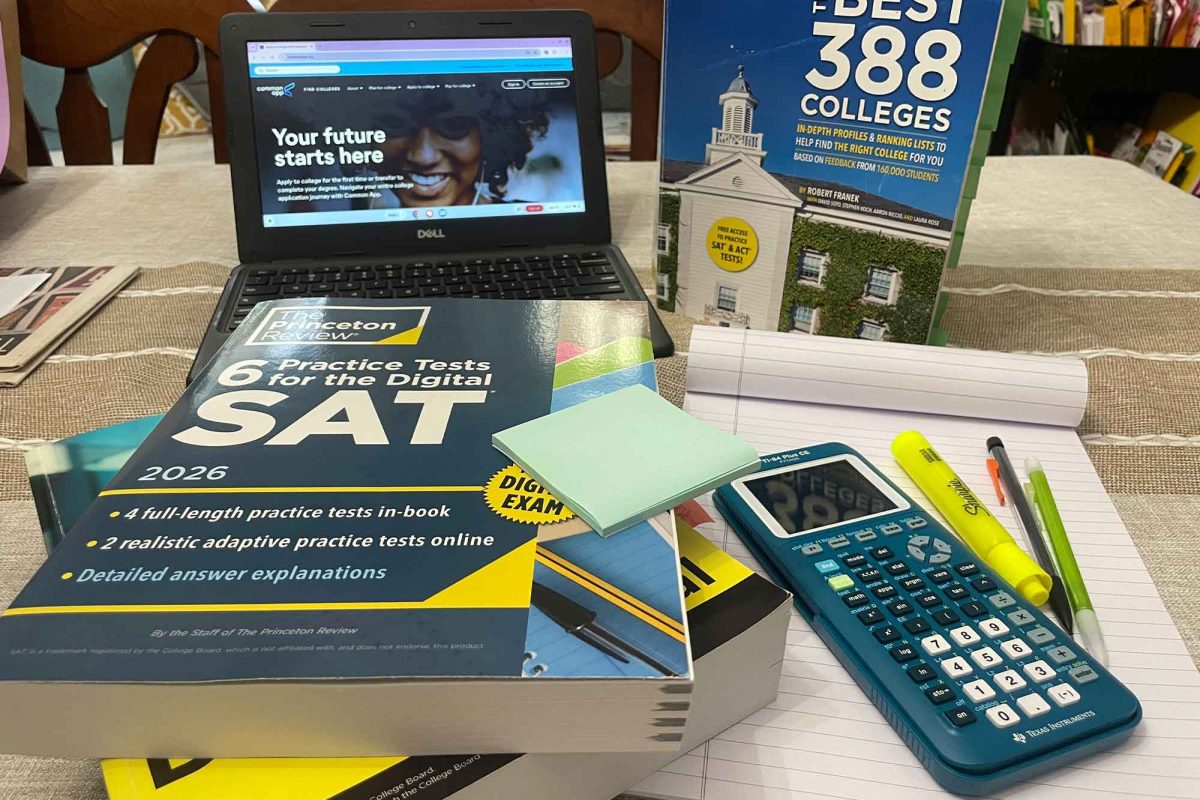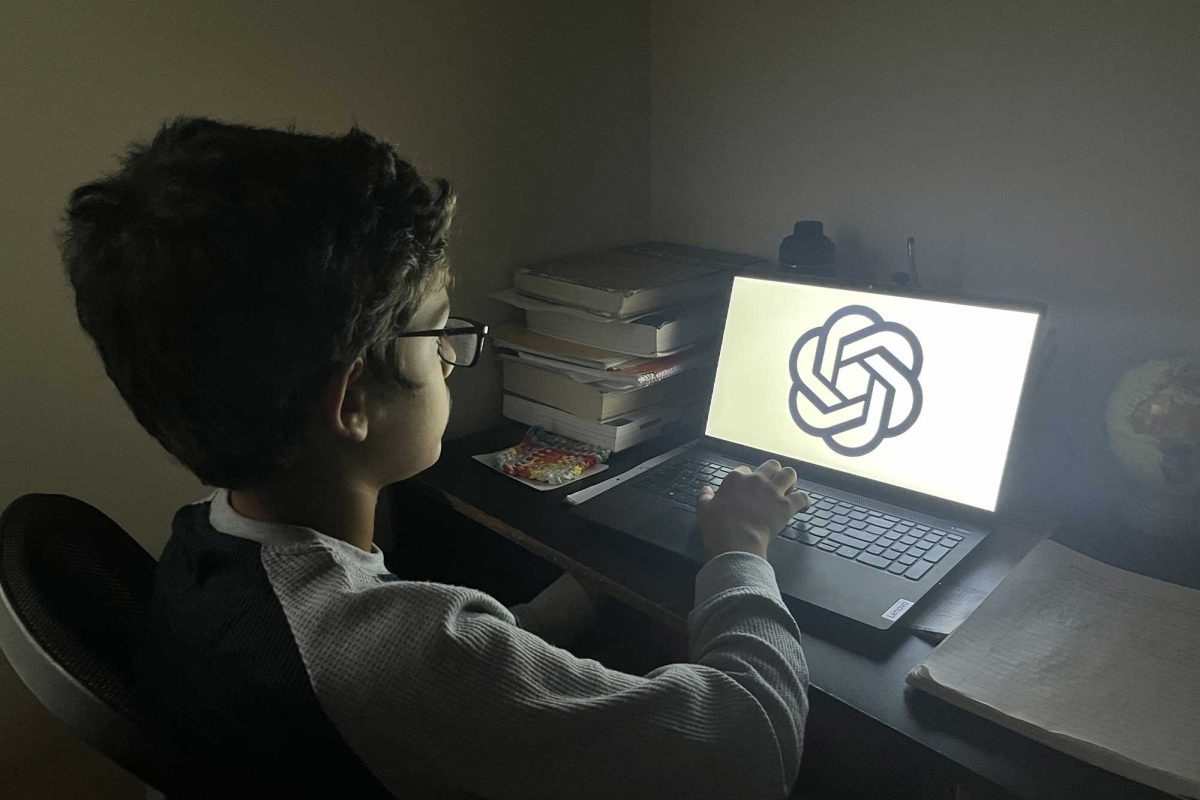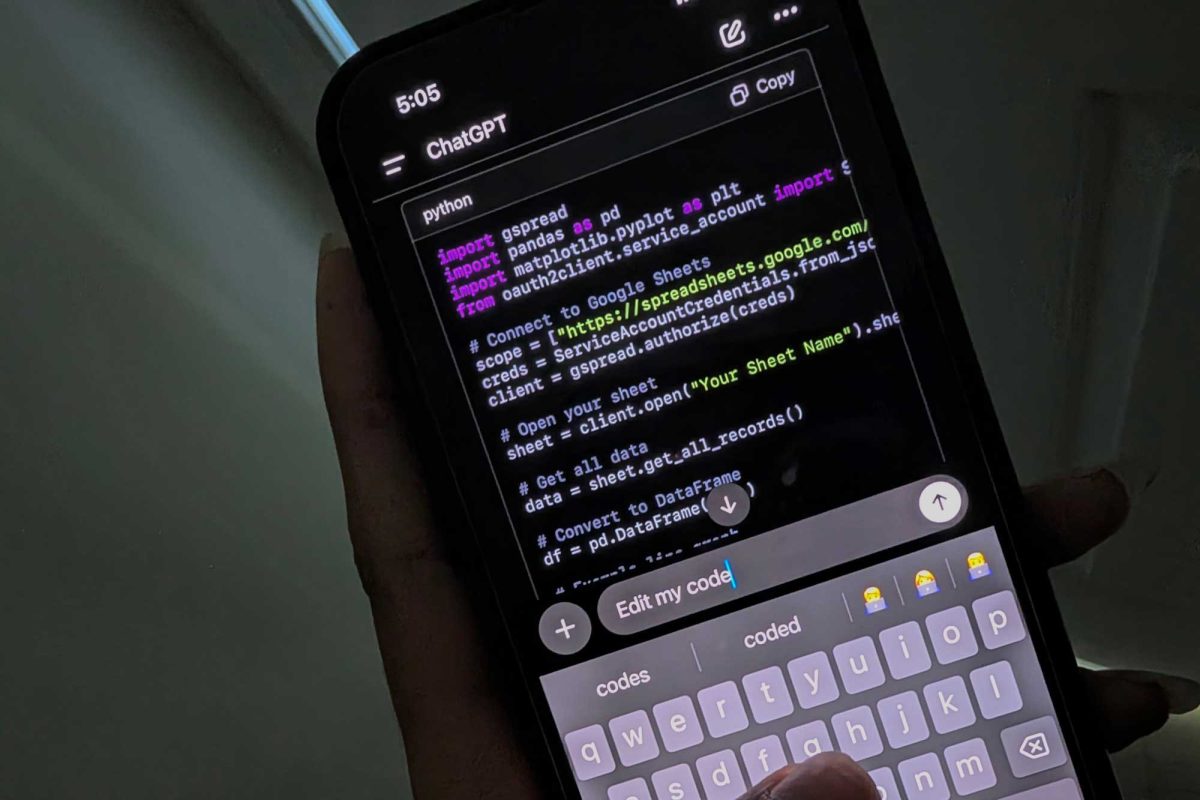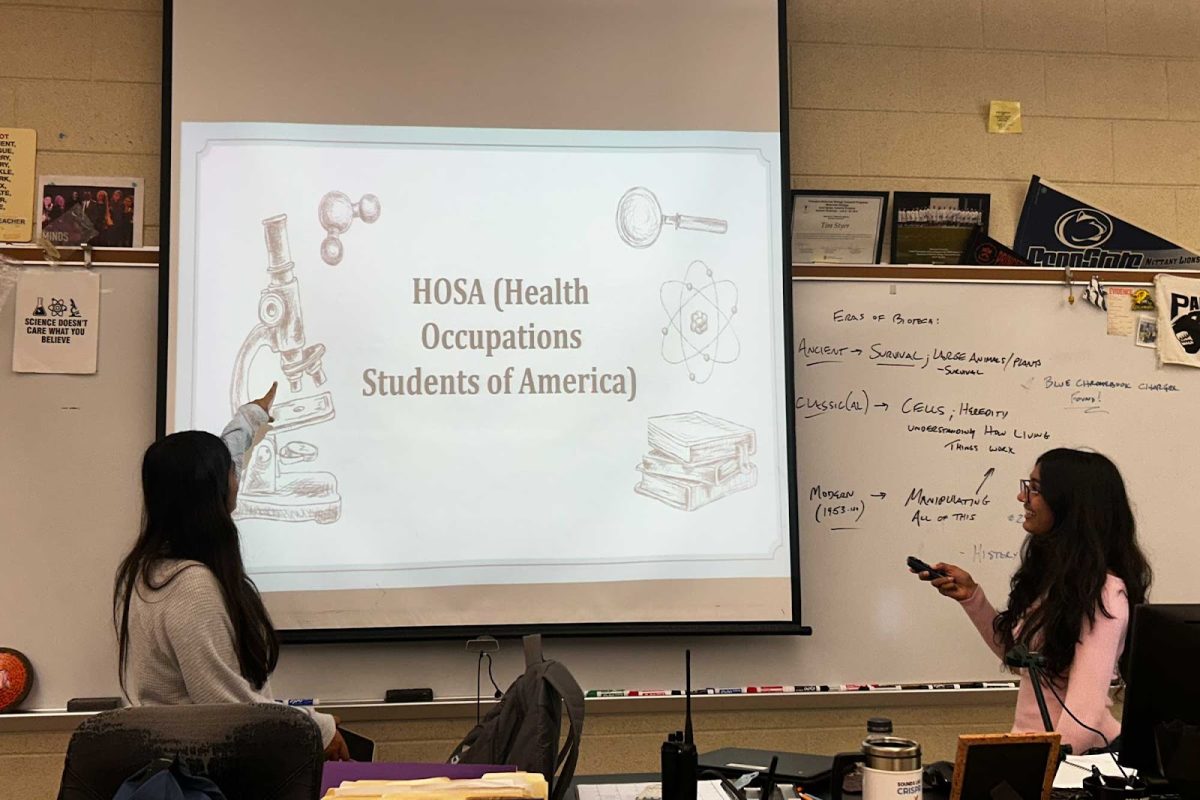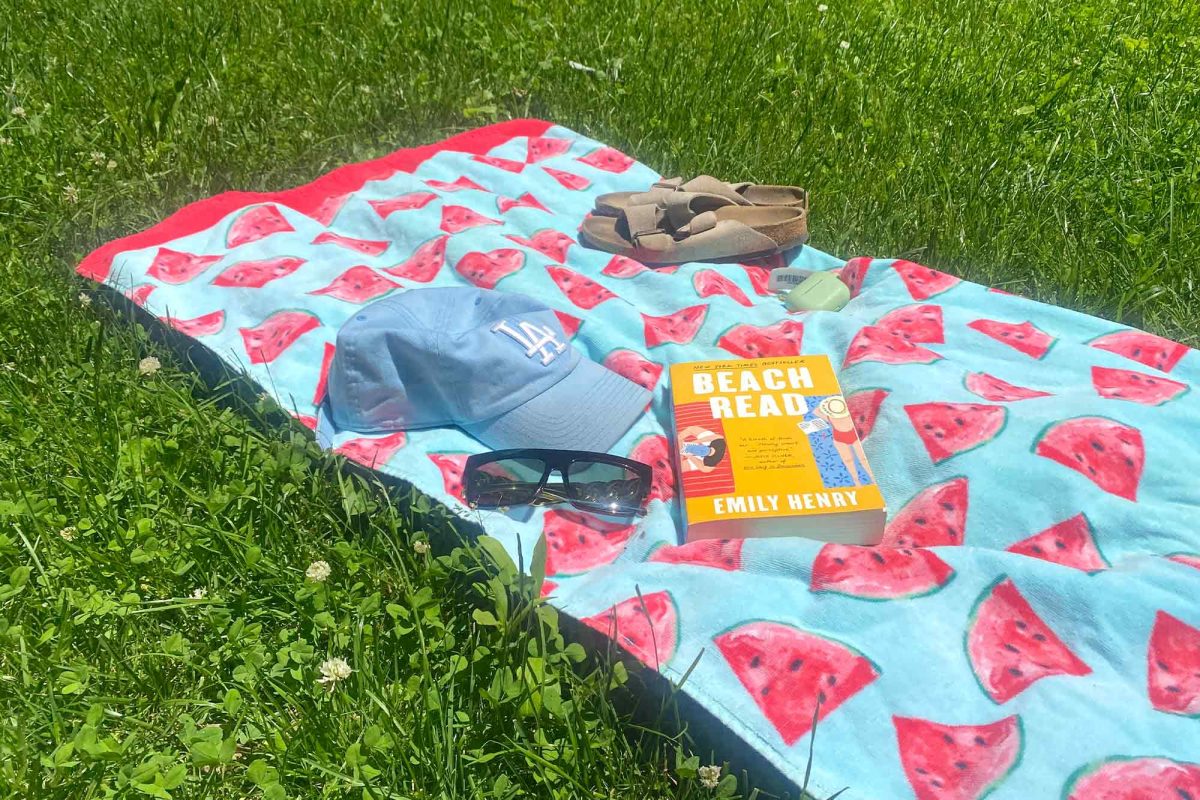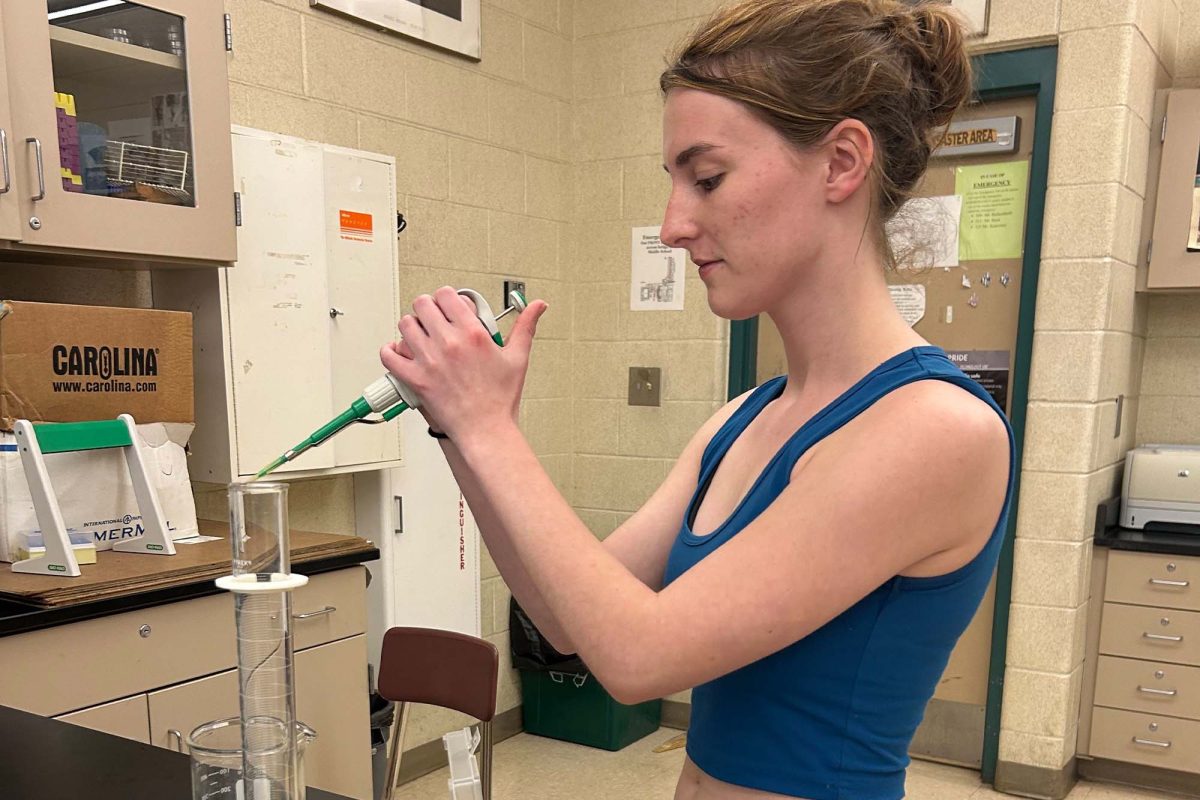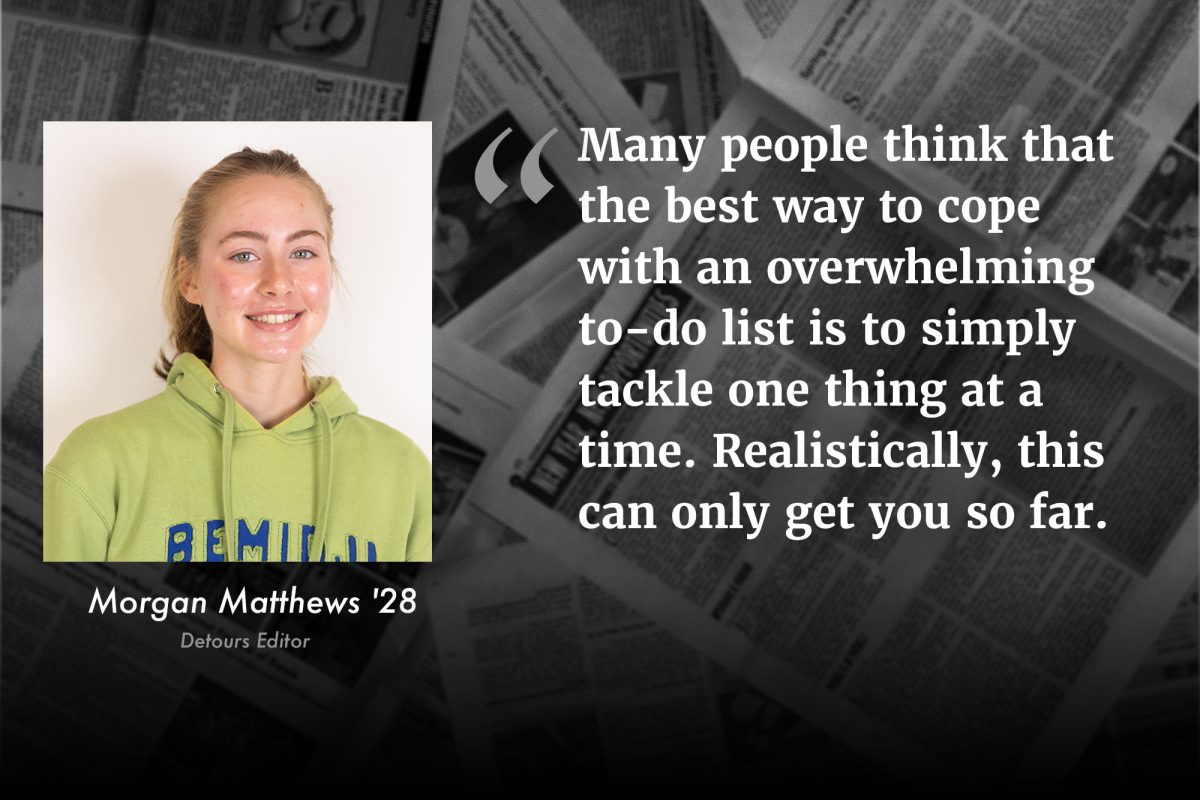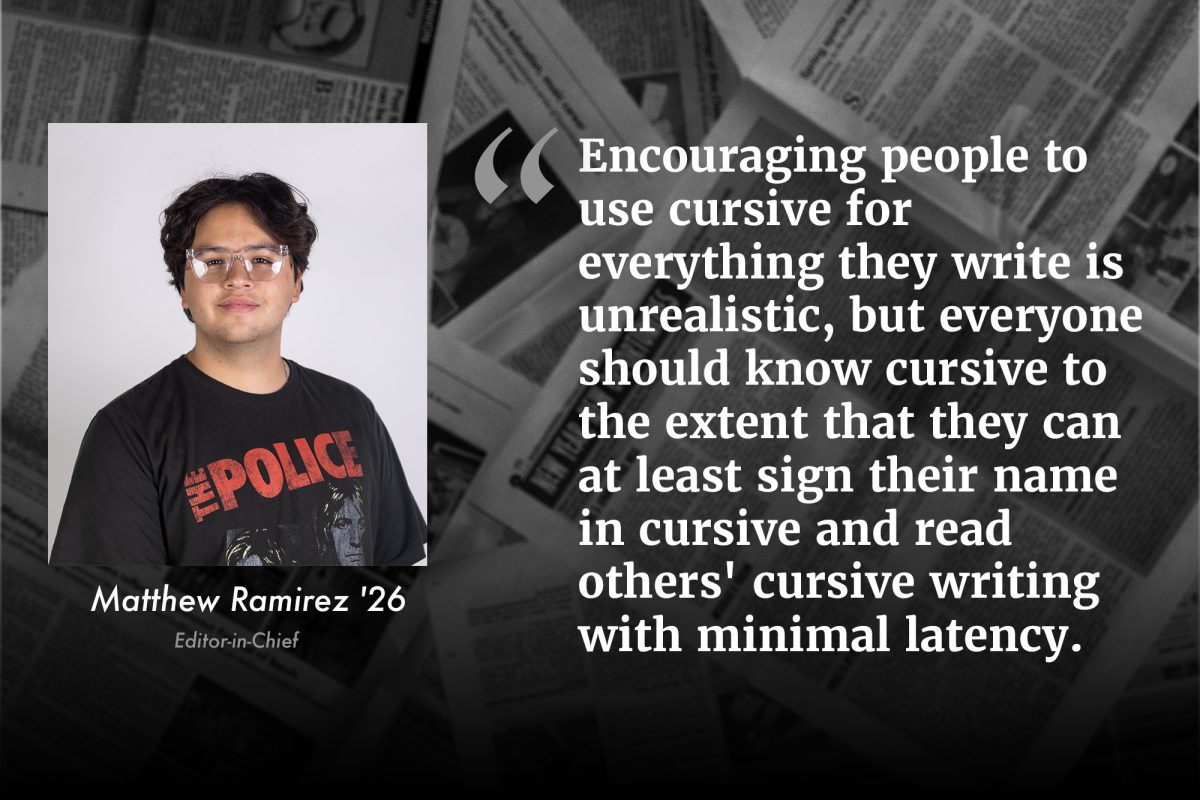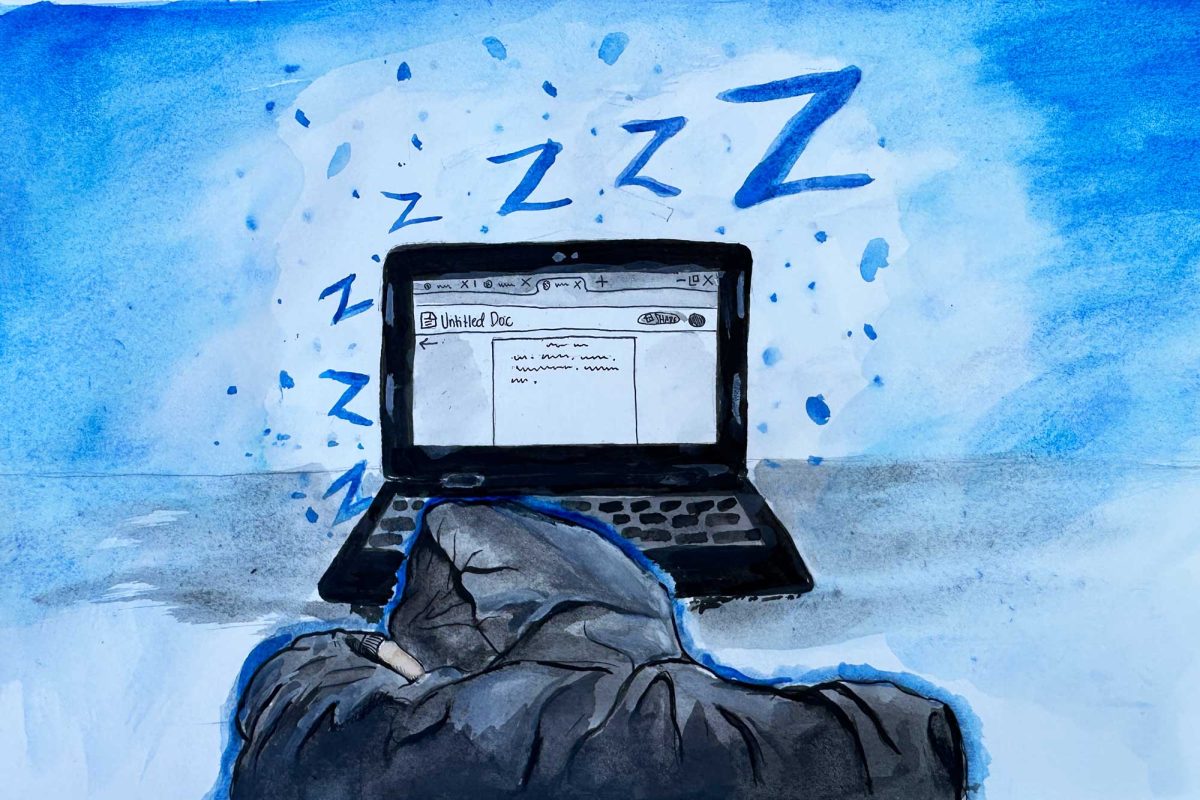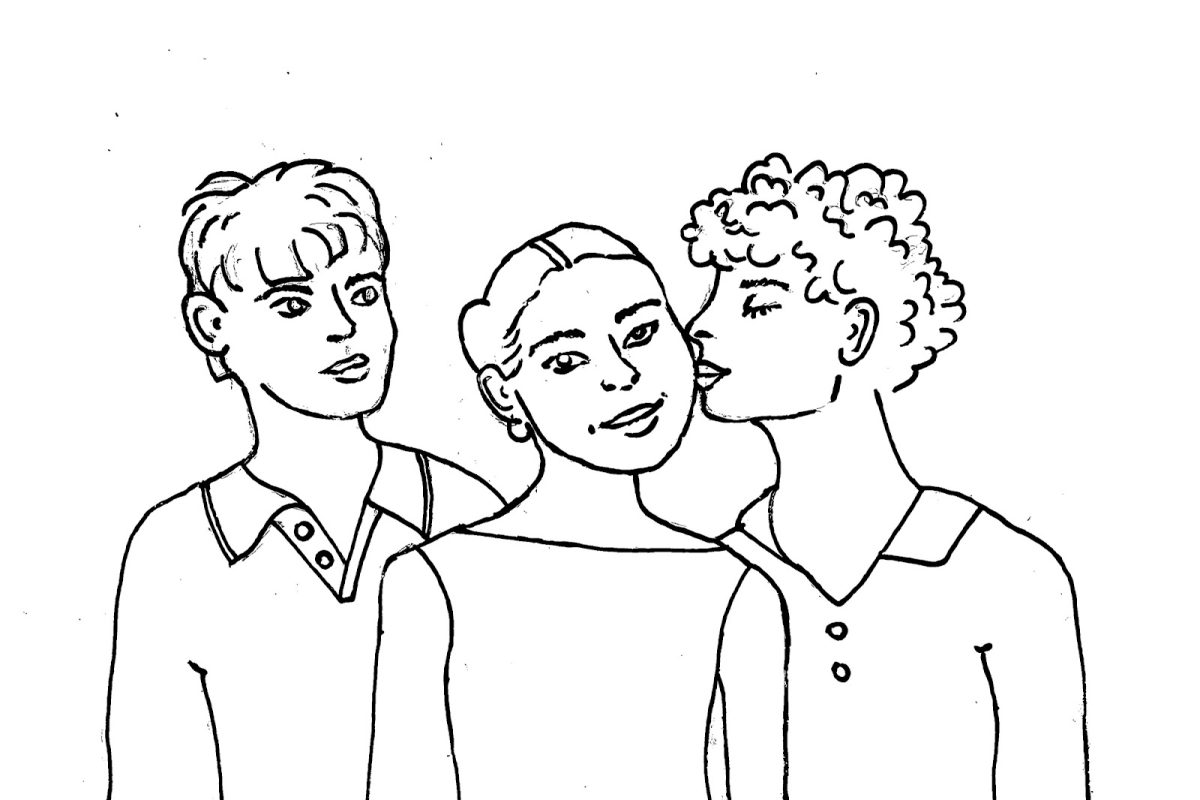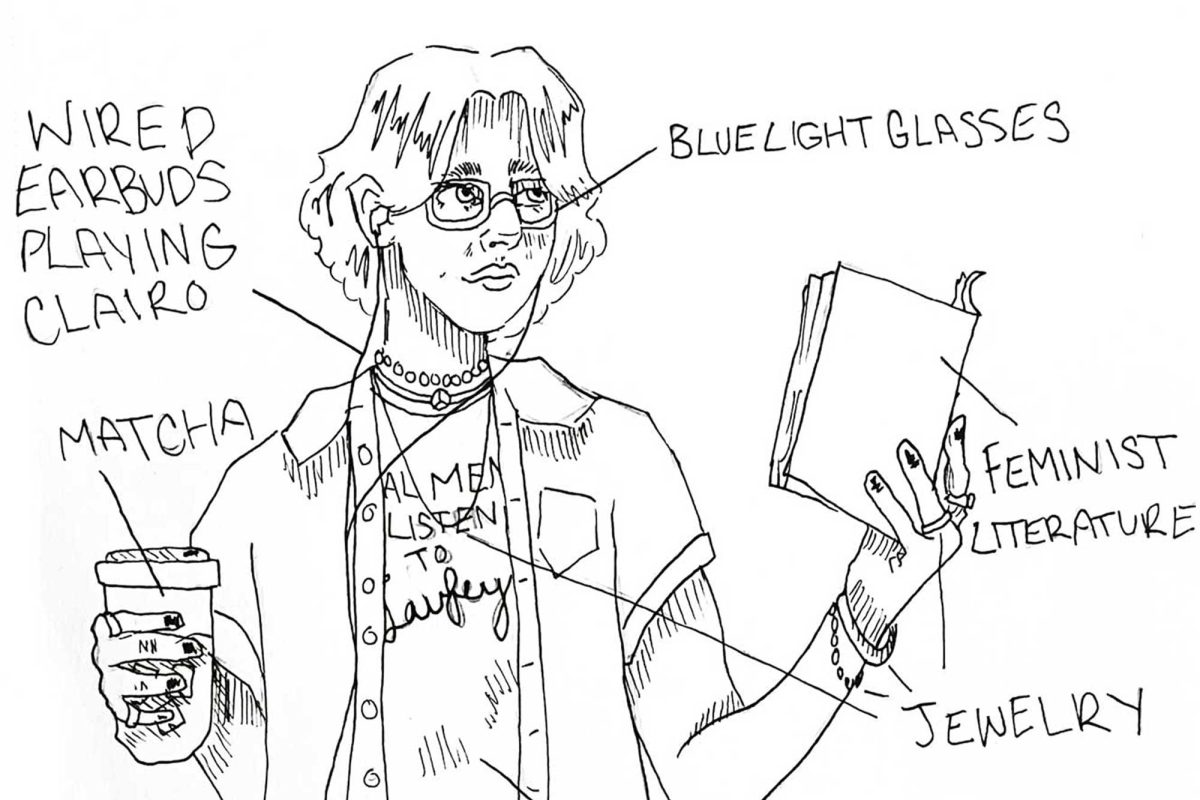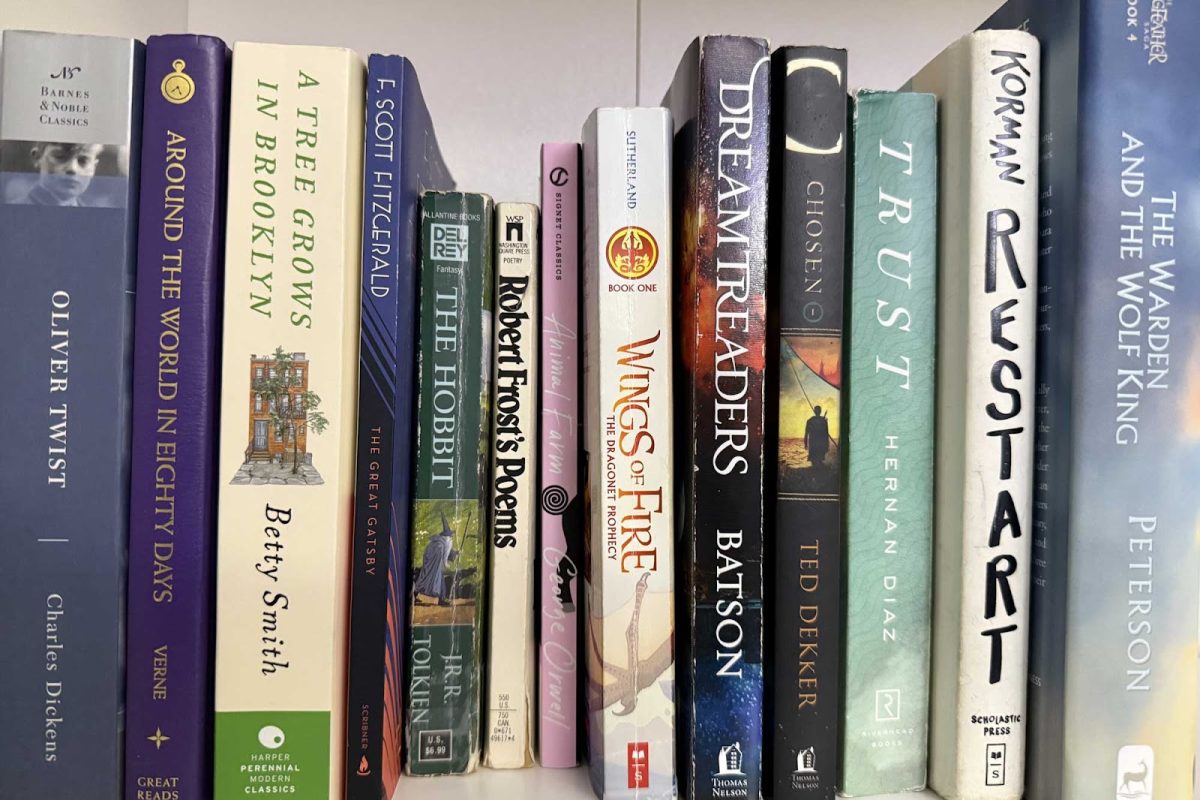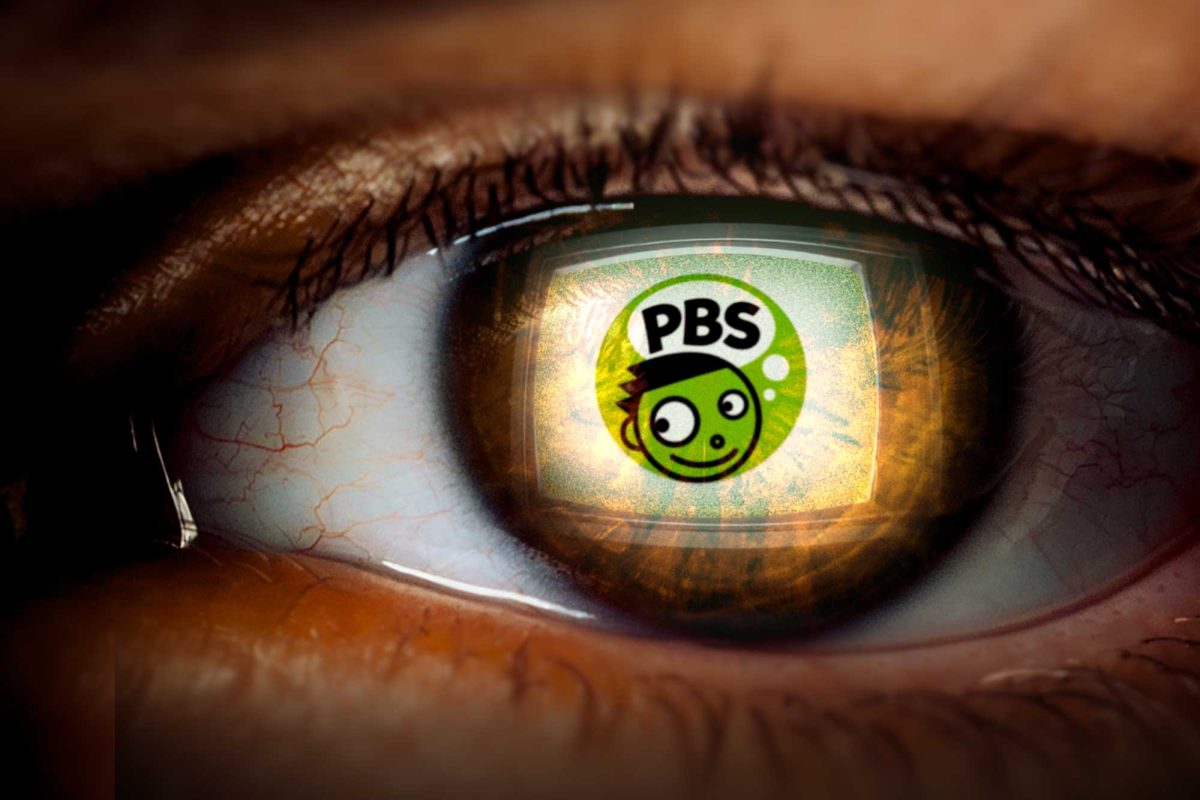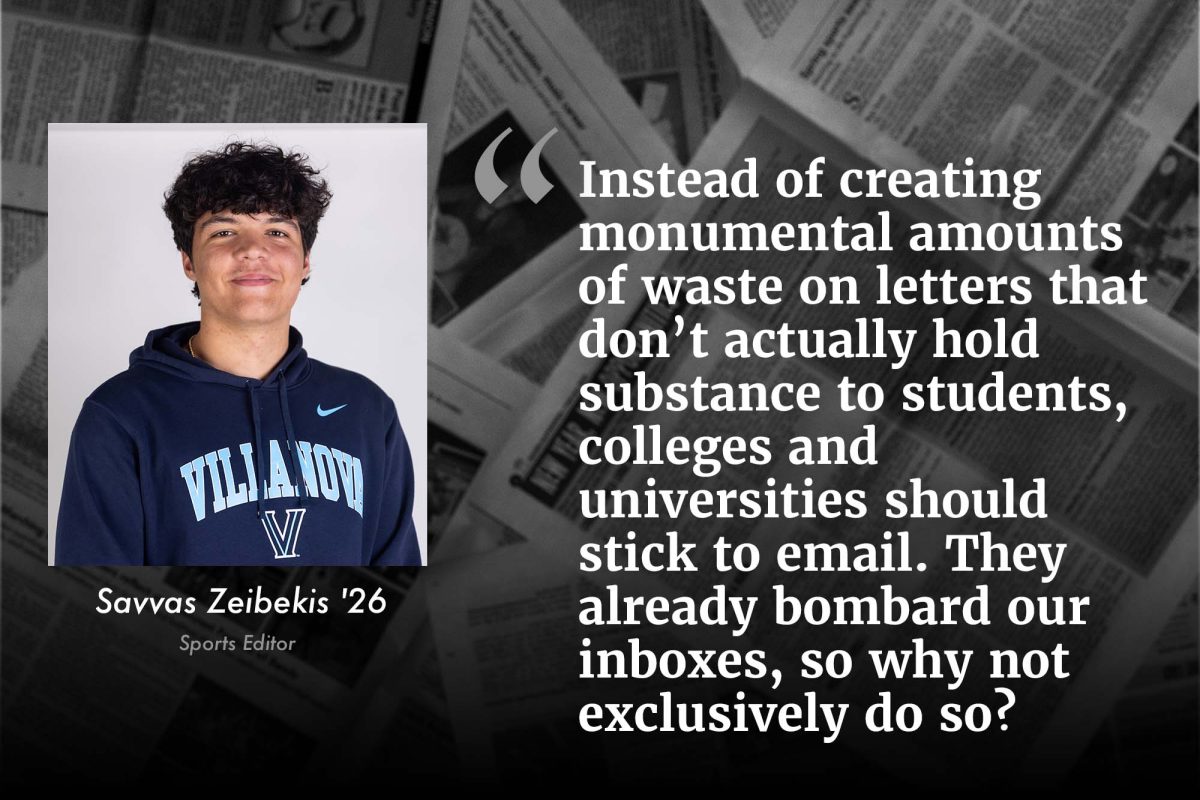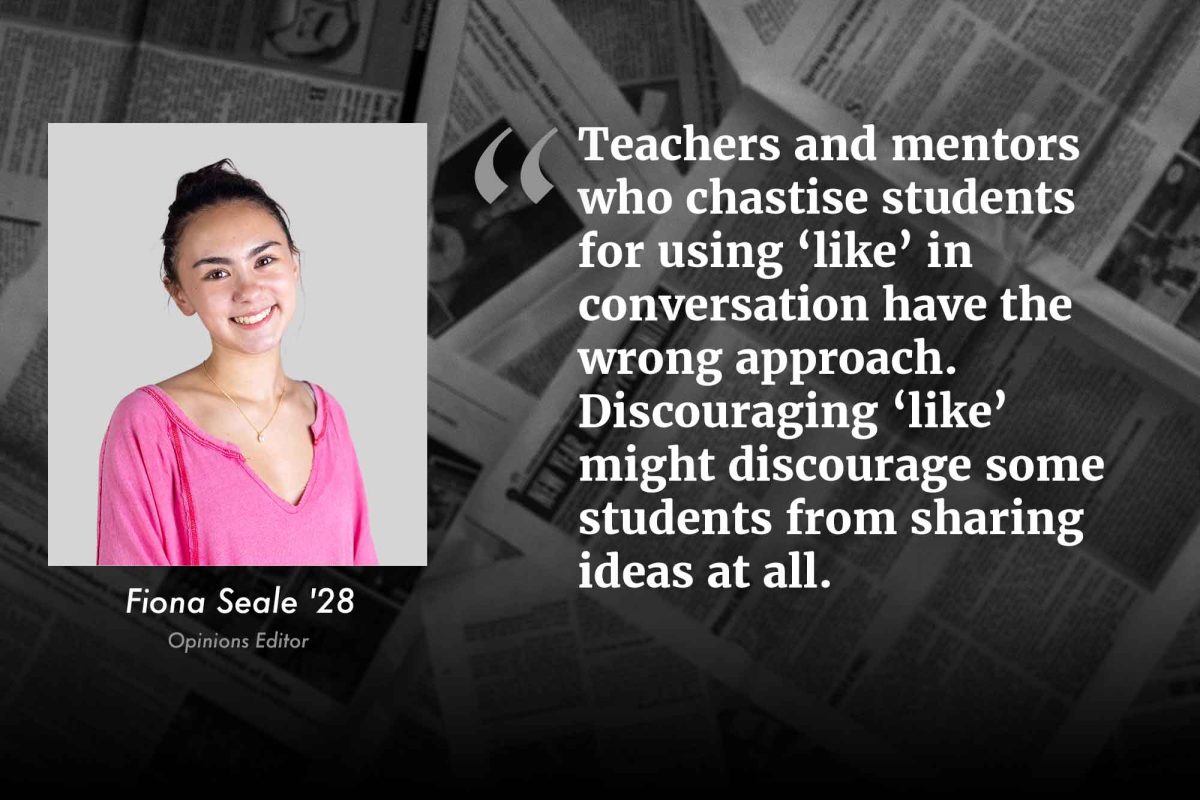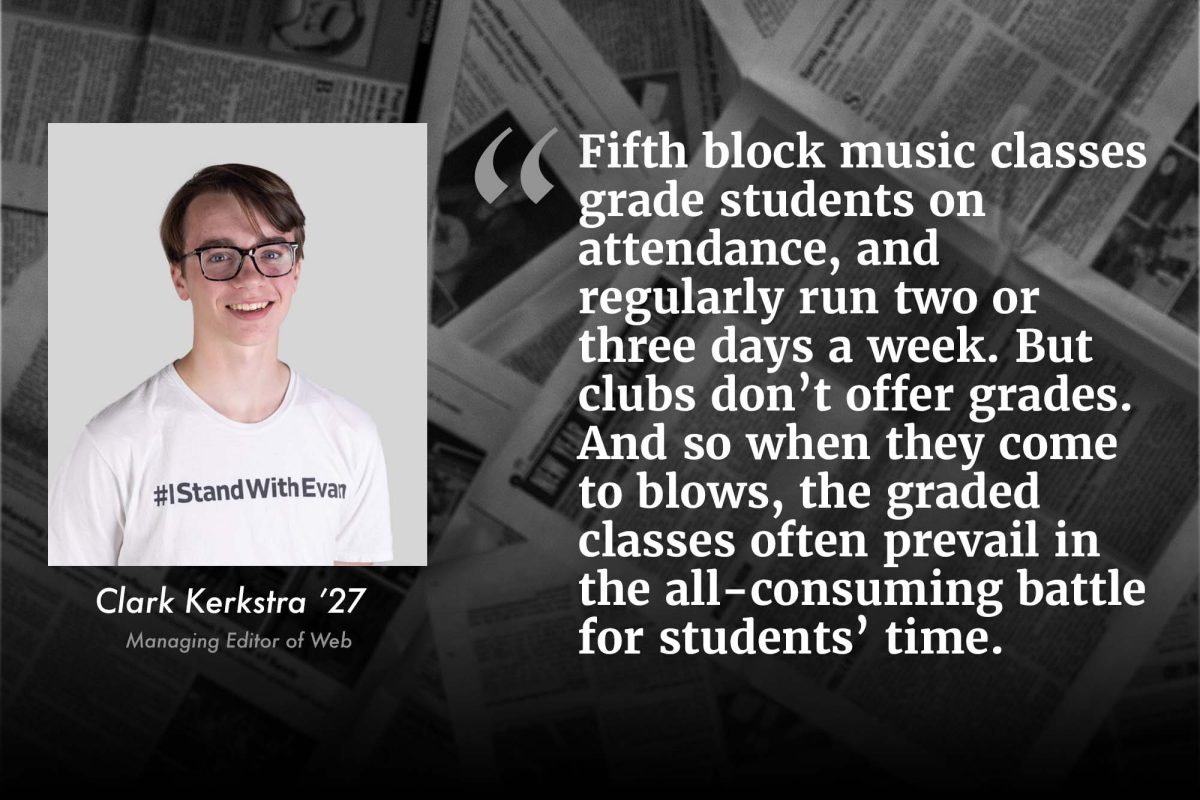Students know that an excess of social media is bad for them. Some of them just don’t care.
We can all make more of an effort to use technology to connect rather than isolate.
Ms. Rachel Riley, Communications and Community Relations Liaison for WSSD, uses social media every day. It’s an integral part of her job.
So when she ran a social media detox table at Wellness Wednesday, her first question was: “Are you aware of how to find screen time on your cell phone?”
The answers she got ranged from 20 minutes to 21 hours a day. She emphasizes that social media should not supplement in-person interactions.
“You will get so much more not being on your phone than you would being on your phone. So pick your head up and look around you and create something new. Your phone will do so much, and it’s a really good resource and tool, but talking and listening does a lot more,” she said.
Some students are self-aware about the effect that too much screen time can have. Junior Jason Zhang has an “extremely and/or humongously negative” relationship with social media. His average screen time can go up to seven hours a day and 26 hours a week.
However, he often uses social media to connect and communicate with his friends—and he’s not alone. In a recent report published by Pew Research Center, 74% of teens said social media makes them feel more connected to their friends, and 63% say social media gives them a place to show off their creative side.
Many parents will write this side of social media off. In the same report, among parents who are at least somewhat concerned about teen mental health, 44% said social media has the biggest negative impact on teens today.
There is a major misconception that social media must be inherently good or bad, and that students are incapable of making their own choices.
It is easy to demonize something that has consistently been on the news for destroying the future generations, one brain rot reel at a time. But as easy as it is to doomscroll, it’s just as easy to message a friend.
“Without [social media], it makes holding long-distance relationships a little bit more difficult and time-consuming than just sending your occasional reel every six months,” Zhang said. “It’s like how a cat gives you a dead animal. I send reels because I care about them.”
As for the cons of social media, Zhang makes the conscious decision to allow himself to scroll.
“It’s a trade off, you get short term benefits that I really enjoy, and then it ends up screwing me out later on in life, but it is what it is,” Zhang said, shrugging. “I always make my decisions in the spur of the moment.”
The appeal of social media is also from a need to stay connected. I didn’t have social media until the summer of my rising junior year, and I felt like there was a lot of knowledge I was missing from the school.
When I wanted to vote for student council last year, they had descriptions and goals on the second floor bulletin board. This year, all of that vital information was on Instagram.
Many staff members believe that social media is not necessary to stay updated on Haven activities, and attribute the clubs and activities page as a reliable, updated source of information. At least for Student Council, it was not possible to view candidates’ bios on that page, and official results were released exclusively to Instagram.
Counselor Mr. Travis Edwards encourages students to use social media mindfully. “Self-awareness is a really important thing, and it’s something that we have to learn and expand upon through our lives,” Edwards said. “So the experiences that you guys have now are really valuable, and I think it’s also important to learn in a safe environment. It’s a lot harder to learn those things and in the world beyond, because sometimes when we are adults, the world can be very unforgiving.”
Social media certainly has its risks, as misinformation and cyberbullying continue to run rampant. 22% of teens acknowledge that social media may be the main factor in our generation’s mental health issues, according to the aforementioned Pew Research Center report.
Zhang tries to avoid falling into the trap of comparison: wishing you were more attractive, well-traveled, or richer. Toxic or not, there’s no doubt that social media can be addictive for students.
The pressure to have social media is not just on teenagers, though. Social media is how this modern society stays connected, and it can be difficult to stay involved without it. For Riley, a major part of her role involves social media—but she still tries to be mindful of her usage.
“To see me on my phone constantly, I mean, you guys see me in the hallways taking pictures and doing all sorts of stuff or posting on social media. I want to make sure that I’m being responsible and showing you guys what a good role model looks like,” Riley said.
Edwards thinks it’s important to step back and evaluate your usage every once in a while, and consider alternatives to being on social media that can still give you that thrill of connection.
“If you feel good about being on social media, maybe try to do something that’s a positive for yourself,” Edwards said. “Physical exercise and taking a walk outside have so many added benefits. So I think it’s exploring the world outside of the 3 x 5 [average phone size is 3 x 6.5] screen again, hanging out with friends, going to have lunch, going for a walk, shooting some hoops, any of that stuff that just takes you away from that eye strain.”





